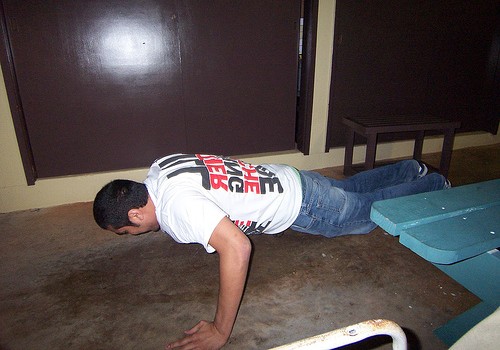
Push-Ups - How to Get Stronger and More Stable Shoulders
Push-ups are one of the best and most effective training movements out there, and they don't require much room or any equipment. While many people can crank out dozens of sloppy reps of partial push-ups, twenty or thirty deep, neat push-ups is a feat beyond most people - even those who spend a little too much time in the gym. To perform a push-up, start with your feet shoulder width apart, your hands under your shoulders and your neck in a neutral position. Arch your upper back slightly and keep your elbows close to your ribcage. Your fingers should point forward, or slightly out. Lower yourself slowly until your face, chest and hips reach the floor, if you're male; this should happen at the same time.
- Important notification about information and brand names used in this slideshow!
- Photo courtesy of xersti by Flickr : www.flickr.com/photos/xersti/352224581/
- www.bodybuilding.com/fun/becker20.htm
- http://www.pickthebrain.com/blog/muscle-building-workout/
- http://www.mnn.com/health/fitness-well-being/stories/how-to-build-muscle-without-weights
- http://www.mensfitness.com/training/build-muscle/bulk-up-without-lifting-a-weight
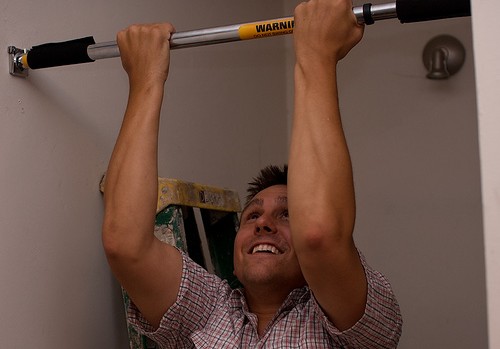
Pull-Ups Will Get You a Strong Upper Back and Arms
Pull-ups are a great way to build a strong, functional upper back. They're best performed with the palms facing away from you to target the upper back, or with your palms towards you to target the upper arms. You can try using both in the same session, and split grip pull-ups are good too. Start from a dead hang, with your arms straight, but pull your shoulders down into your body: don't hang on your shoulder ligaments, it's bad for the joints. When you pull, think about pulling your elbows into your ribcage. Use your sternum as a guide for a rep, and don't 'nod' over the bar. Keep your neck packed.
- Important notification about information and brand names used in this slideshow!
- Photo courtesy of Christopher Holden by Flickr : www.flickr.com/photos/maximalideal/2932922101/
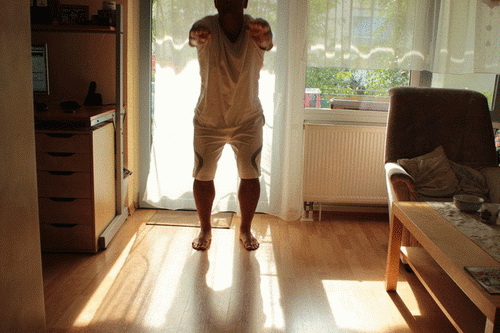
Squats - a Classic Even Without External Loading
Squats are the best leg exercise, hands down. While the legs are usually so strong that bodyweight squats aren't much of a strength exercise, they can be a great way to get both some cardio and some high-rep or endurance strength in an enclosed space without any equipment. To wring some strength benefits from the bodyweight squat, use a slow tempo on the negative (downward) portion of the movement, hold at the bottom, rise slowly to halfway, return to the bottom position and then explode upward as hard and fast as possible, consciously contracting your glutes and hamstrings as you do.
- Important notification about information and brand names used in this slideshow!
- Photo courtesy of Zimmermanns by Wikimedia Commons : commons.wikimedia.org/wiki/File:Squats_01.gif
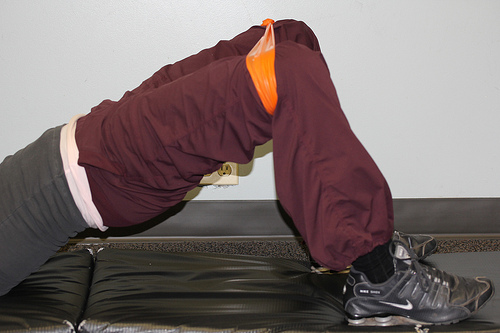
Glute Bridges Build a Bulletproof Lower Back and Stronger Legs
Glute bridges can result in over half as much again glute activation compared to an experienced weightlifter's one-rep max deadlift. They're one of the best exercises to protect your lower back and they're easy, simple and gentle on your nervous system too. Lie on your back with your feet next to your backside, about shoulder width apart. Push down with your heels and push your hips as high as you can, holding and squeezing at the top. Lower yourself slowly, and that's one rep.
- Important notification about information and brand names used in this slideshow!
- Photo courtesy of bwanderd by Flickr : www.flickr.com/photos/86598533@N04/8253341534/
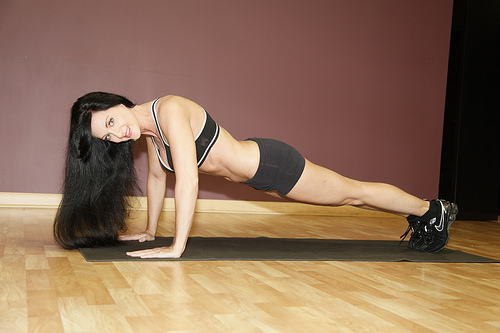
Sit-Throughs Give You Mobilization, Stability, Strength
Sit-throughs are a staple of wrestling training. They involve the upper body supporting your weight as well as one leg, and they're a great core mobilization and strengthening exercise too. Start in a crouch on your toes with your hands on the floor; to find the position, fall forwards out of a full squat and catch yourself on your hands. Turn one foot right out and rest your weight on its heel and take the same side hand off the floor. 'Sit through' with your hips and the opposite leg. You can drag the foot along the floor, or for an additional challenge, keep the fot entirely off the floor. Press your shoulder down, don't let it ride up.
- Important notification about information and brand names used in this slideshow!
- Photo courtesy of Keith Allison by Flickr : www.flickr.com/photos/keithallison/3805545042
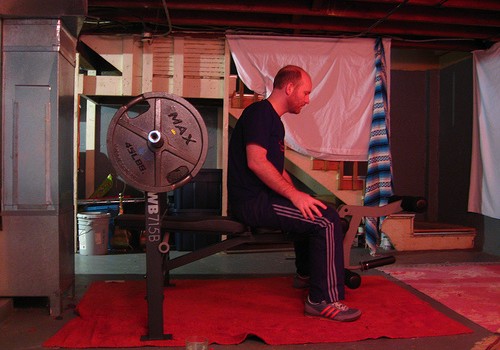
Tip: Use Supersets for Short, Intense and Effective Session
Supersets involve using two exercises right next to each other without any rest. If you use an opposite movement - supersetting a pulling and a pushing movement, for instance - or a different bodypart, supersets can let you build intensity, cut down on time and get more time under tension all at the same time, improving your training results. Try building three workouts: push-ups alternating with pull-ups, Bridges alternating with squats and pull-ups alternating with bridges, and perform them for sets of 10 (or 5 for pull-ups) for time. So you'll do 10 push-ups, 5 pull-ups, 10 push-ups, and so on, for 5 minutes without stopping.
- Important notification about information and brand names used in this slideshow!
- Photo courtesy of eyeliam by Flickr : www.flickr.com/photos/eyeliam/2242814211/
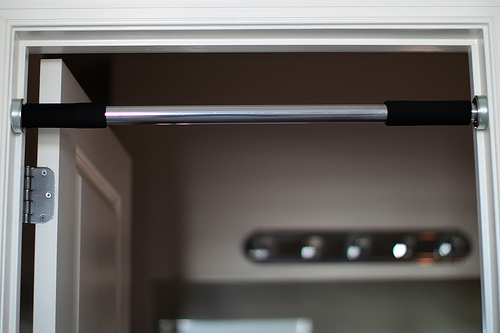
Tip: 'Grease the Groove' Method To Get Your numbers Up
Try doing a set every time you go upstairs, or every time you pass through a certain door. Rather than doing one long session, do a few spread out throughout the day, in five-minute blocks. Done like this it's easy to rack up a high number of reps throughout the day. Bodyweight exercises lend themselves to this training methodology well. Try doing them separately - 20m squats every time you enter the bedroom, 5 pull-ups every time you pass the pull-up bar, 10 push-ups every time you enter or leave the living room. This can be a great way to build up your numbers and get some strength and build some muscle.
- Important notification about information and brand names used in this slideshow!
- Photo courtesy of Mr. T in DC by Flickr : www.flickr.com/photos/mr_t_in_dc/3662981055/
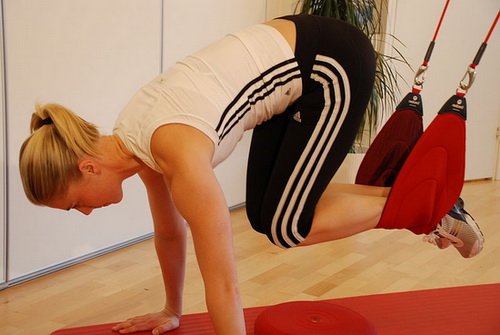
Tip: Flex Your Muscles Hard and Hold The Position
Consciously flexing muscles harder helps to increase the adaptive stress on the muscles, which equates to better training results. It's particularly effective to use maximal contraction at the most flexed or extended position, such as the top of a pull-up or the bottom of a push-up. In squats, try using both positions. The next stage is to retain this tension as you do the negative portion of the movement. You'll be surprised how demanding this can be - and studies indicate that it can make submaximal loads have a similar training effect to much heavier loads, as well as training you to move heavier loads down the road.
- Important notification about information and brand names used in this slideshow!
- Photo courtesy of Slyngebehandling by Wikimedia Commons : en.wikipedia.org/wiki/File:Crunch.JPG
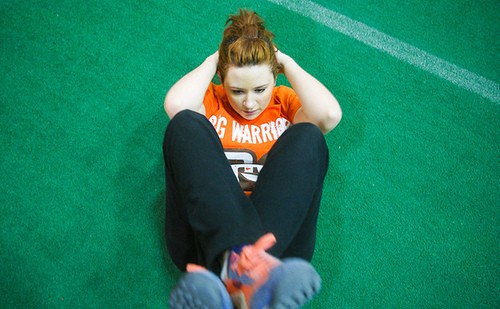
Tip: Use Slow MOtion For More Time Under Tension
Using very slow tension can be truly humbling. Try doing a single push-up in a minute: you'll be shocked! The increased time under tension means that you're getting more adaptive stress and developing more muscle. At the same time you're teaching your body to be better at the movement it's doing, improving your form: strength is a skill and getting good at basic movements will stand you in good stead down the road. Try doing one session a week where you do a single of each movement in your repetoire, and add ten seconds every week.
- Important notification about information and brand names used in this slideshow!
- Photo courtesy of alaina buzas by Flickr : www.flickr.com/photos/alaina_marie/4377272795/
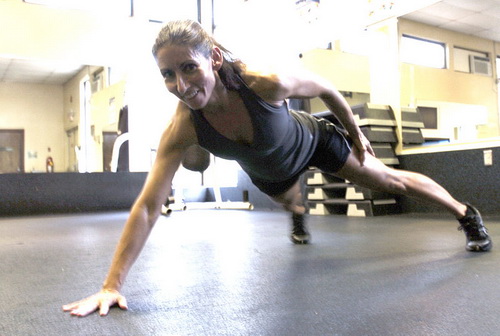
Tip: Use One Limb (When You Can!) It's Something to Work Towards
Unilateral bodyweight training is a great way to isolate a limb to make it stronger, at the same time building a steely core with great stability. One-armed pull-ups and push-ups lie at the far end of a progression ladder than most people will never complete, but single-leg squats are within most people's grasp and are worth doing for their effects on pelvic stability as well as their increased glute activation. To progress to single leg squats, start by using a support at about knee height to rest one hand on, and you can also try doing them off the edge of a box, with the non-weight-=bearing leg hanging off the edge.
- Important notification about information and brand names used in this slideshow!
- Photo courtesy of Kevin Stabinsky (USAG Fort McPherson) by Wikimedia Commons : en.wikipedia.org/wiki/File:US_Army_52113_FORSCOM_employee_excels_at_fitness_competition.jpg



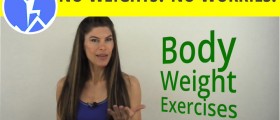
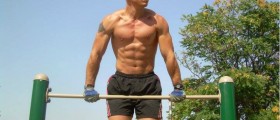
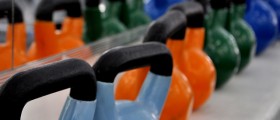
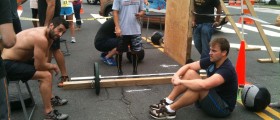
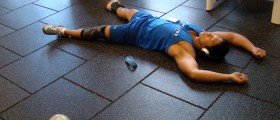


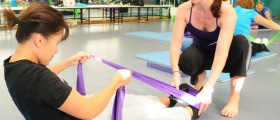

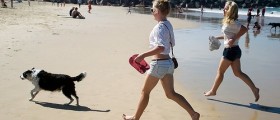
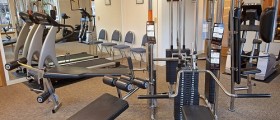
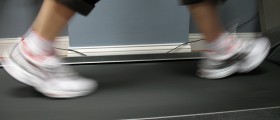




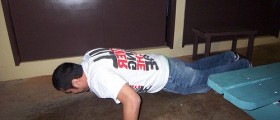
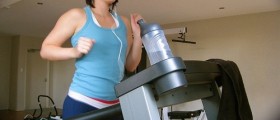
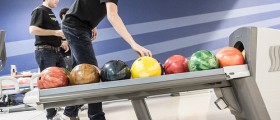
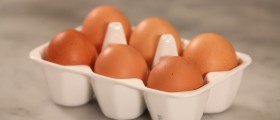
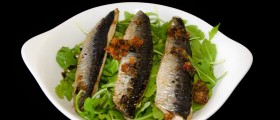
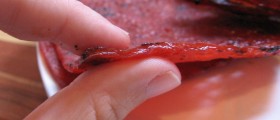
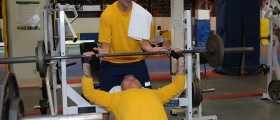
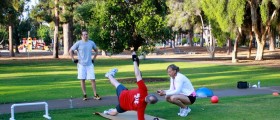
Your thoughts on this
Loading...